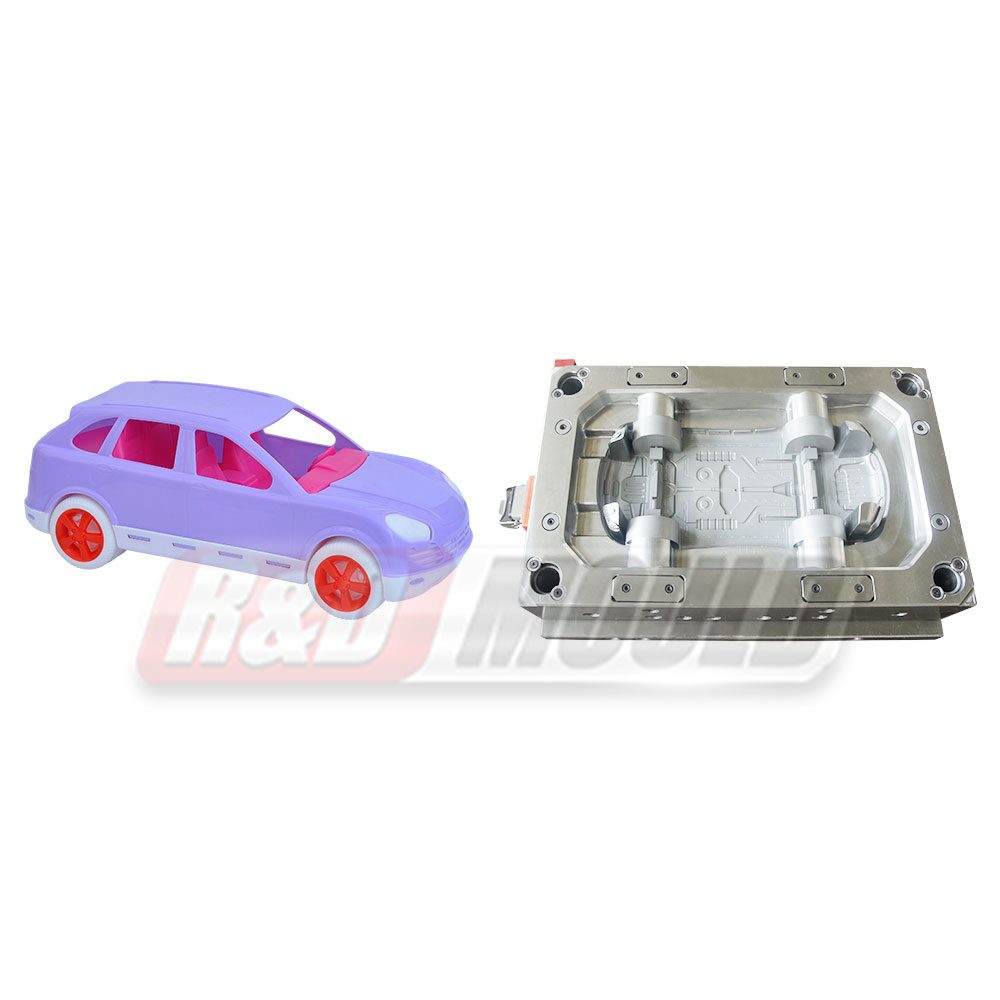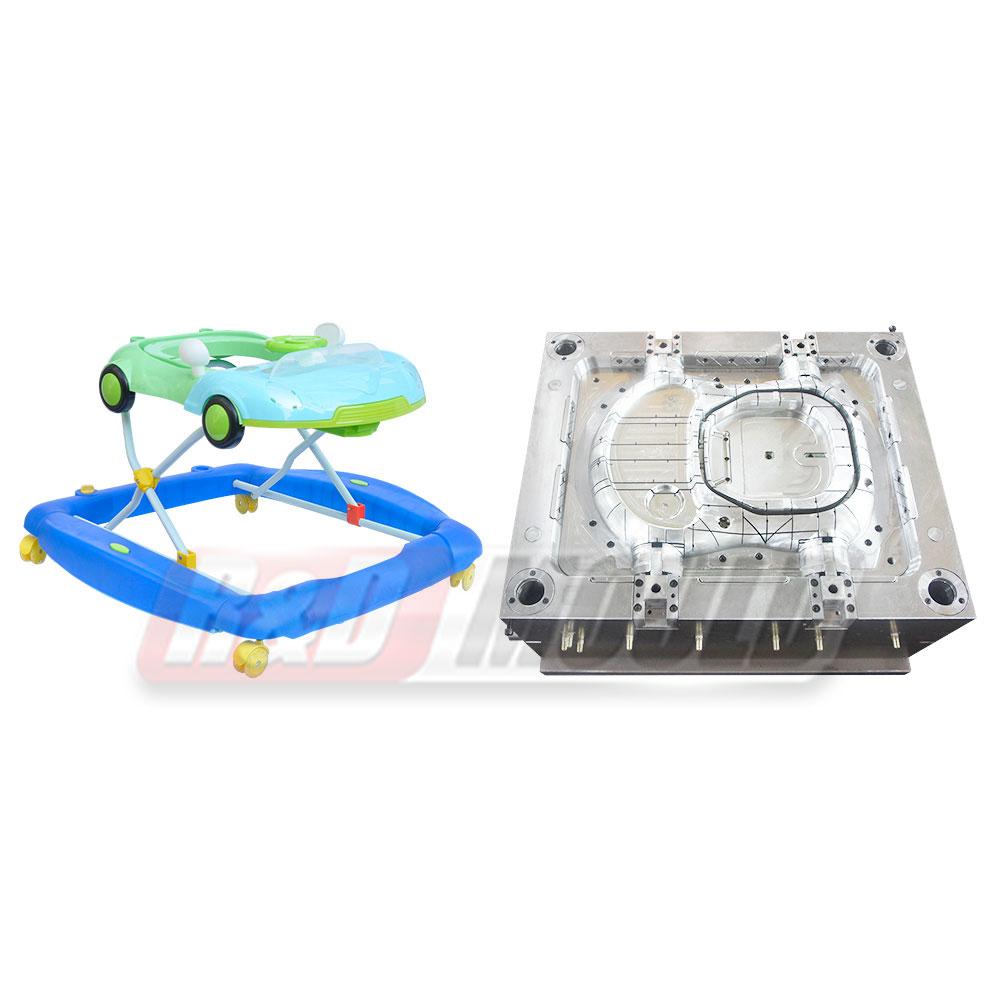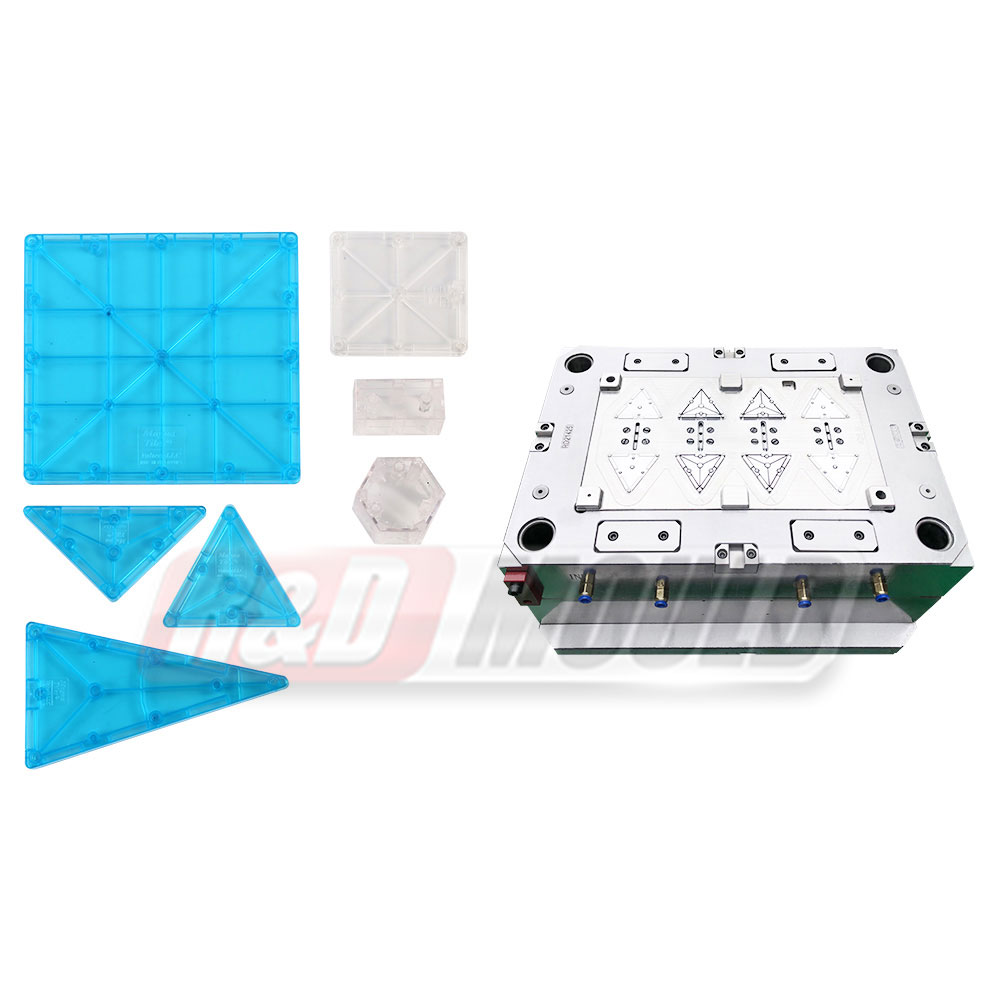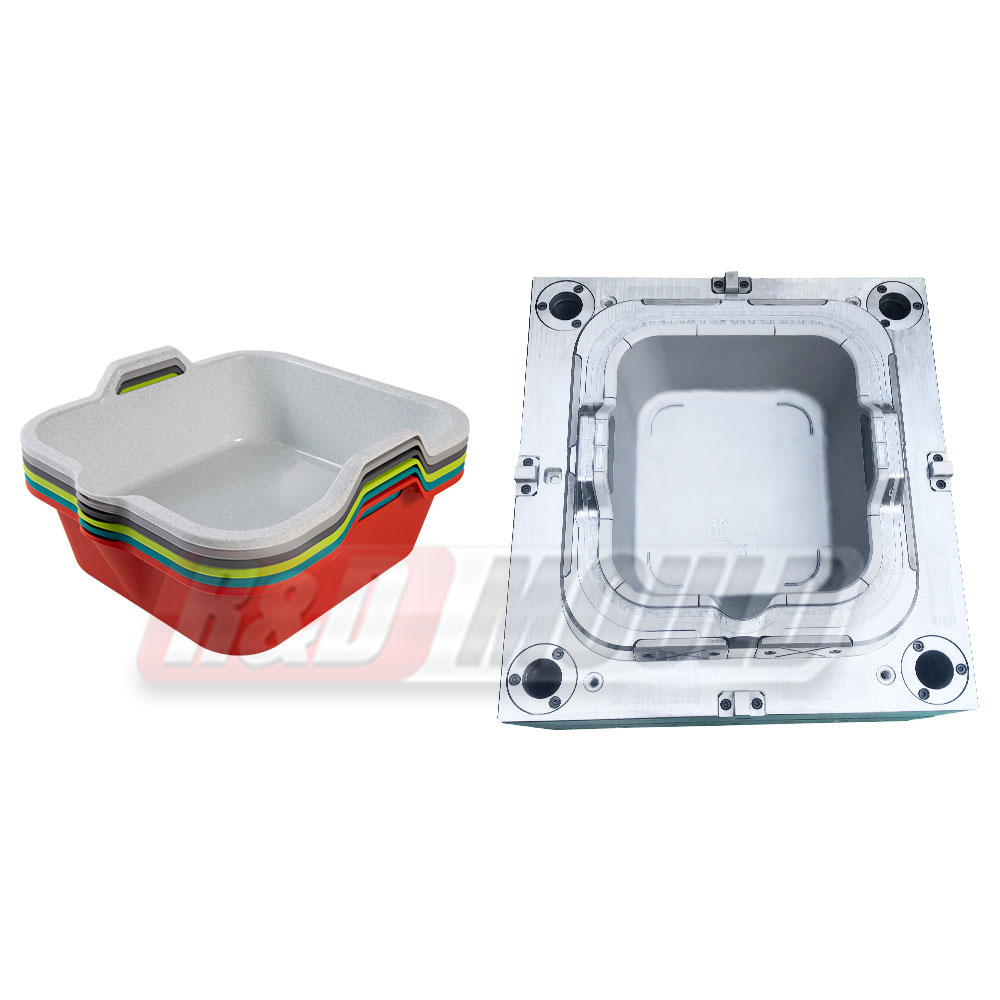Long before 3D printing became a thing, kids of all ages were plunking quarters into Mold-A-Rama machines at malls and grocery stores to have plastic sculptures made right before their eyes. The simple yet magical process of the machine, which molded plastic into solid forms with heat and pressure, fascinated children—and adults alike. The machine's simplicity keeps it around to this day, and its nostalgic appeal has attracted a new generation of fans who enjoy the chance to create souvenirs with their family members.
The toy's mold is the most expensive part of its development, so manufacturers will try to recoup those costs by using an existing mold for a new toy as many times as possible. However, since the original mold is often permanently altered by these additional attempts to make a toy out of it, the final product may have a few minor differences from its predecessor.
A wide variety of materials can be used to make toy mold, but some are more adaptable than others. For example, plastic is a popular choice because it's inexpensive and readily available. It's also durable, easy to shape and can be molded into different shapes. However, some plastics have a higher melting point than others, so some parts of the finished toy may melt or deform when they're heated too quickly.
Another important factor is the amount of detail that's required for the toy. If the toy is a small object that needs to be very precise, injection molding may be a better choice than blow molding. Injection molding is more costly than other production methods but allows for the creation of three-dimensional objects that can be produced in high quantities.
Injection molding produces a very strong and rugged toy, but the plastic used for it can be sensitive to certain chemicals and heat. For this reason, some injection molding companies choose to use a more flexible plastic for toy mold that's less likely to deform or warp under stress.
Polyvinyl chloride (PVC) is a versatile and affordable material that can be shaped into a variety of toys. It is abrasion-resistant and can be molded into intricate details. Acrylonitrile butadiene styrene (ABS) is another toy-friendly material that's durable and easy to mold. It is also lightweight and can be metallized for a shiny surface. It is abrasion-resistant, easy to clean and can be printed with colorful graphics.






 English
English عربى
عربى Español
Español Français
Français








